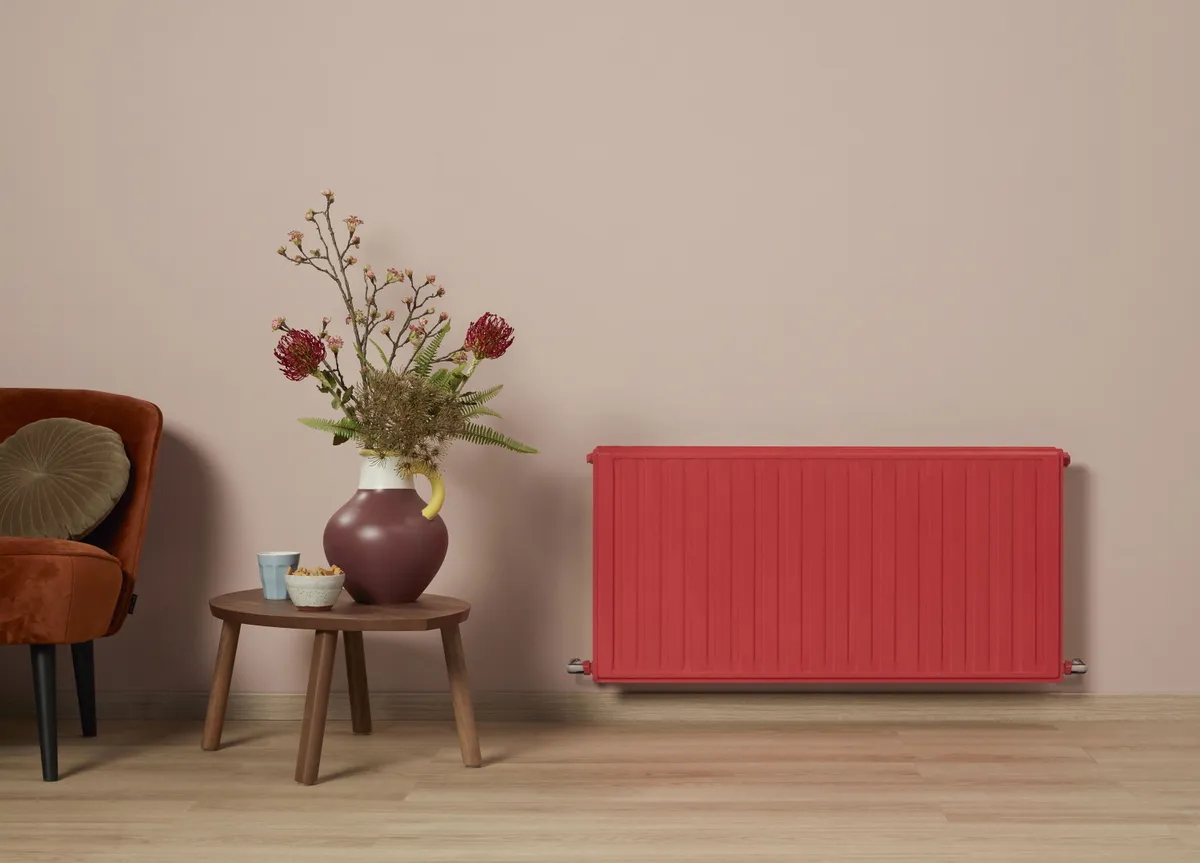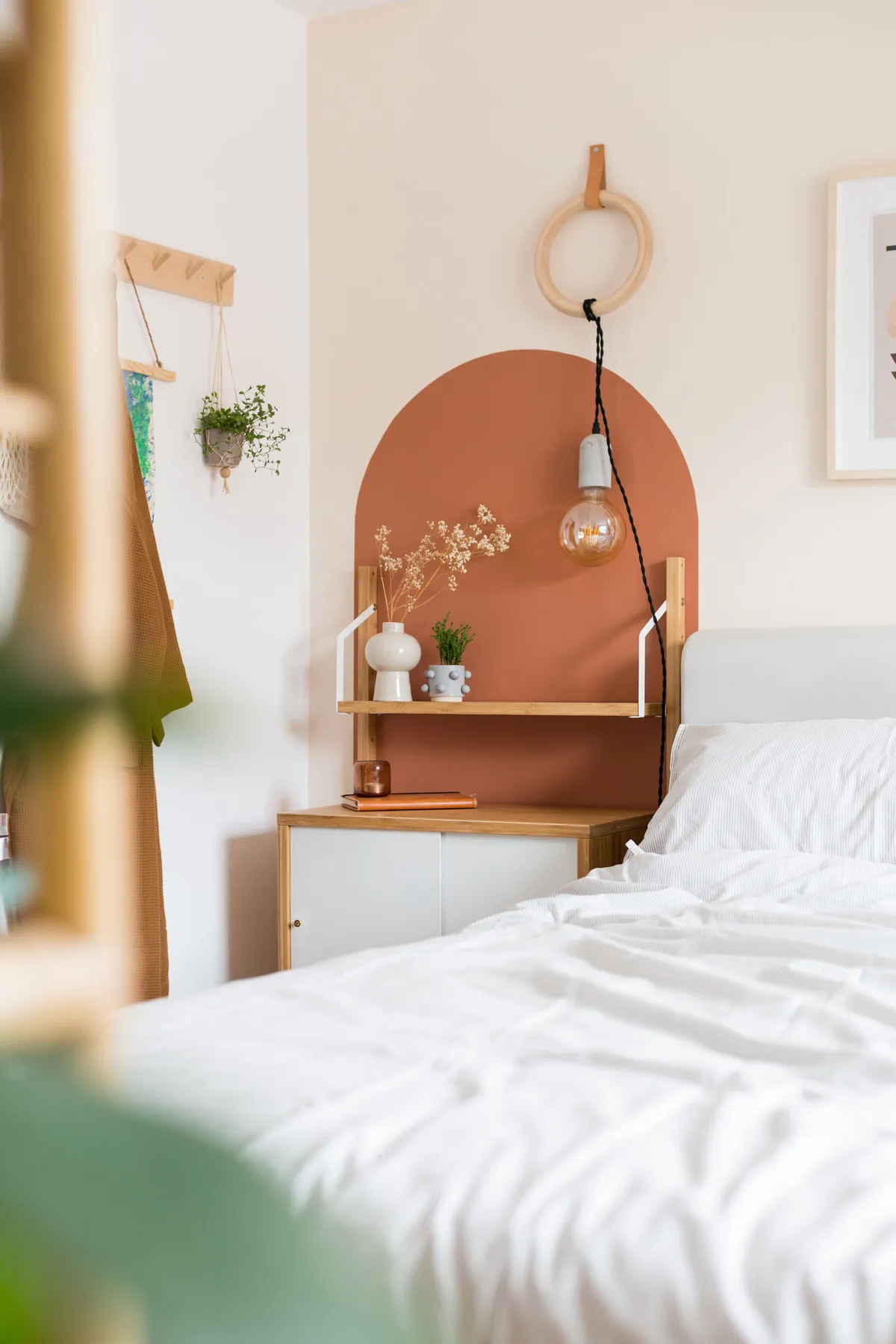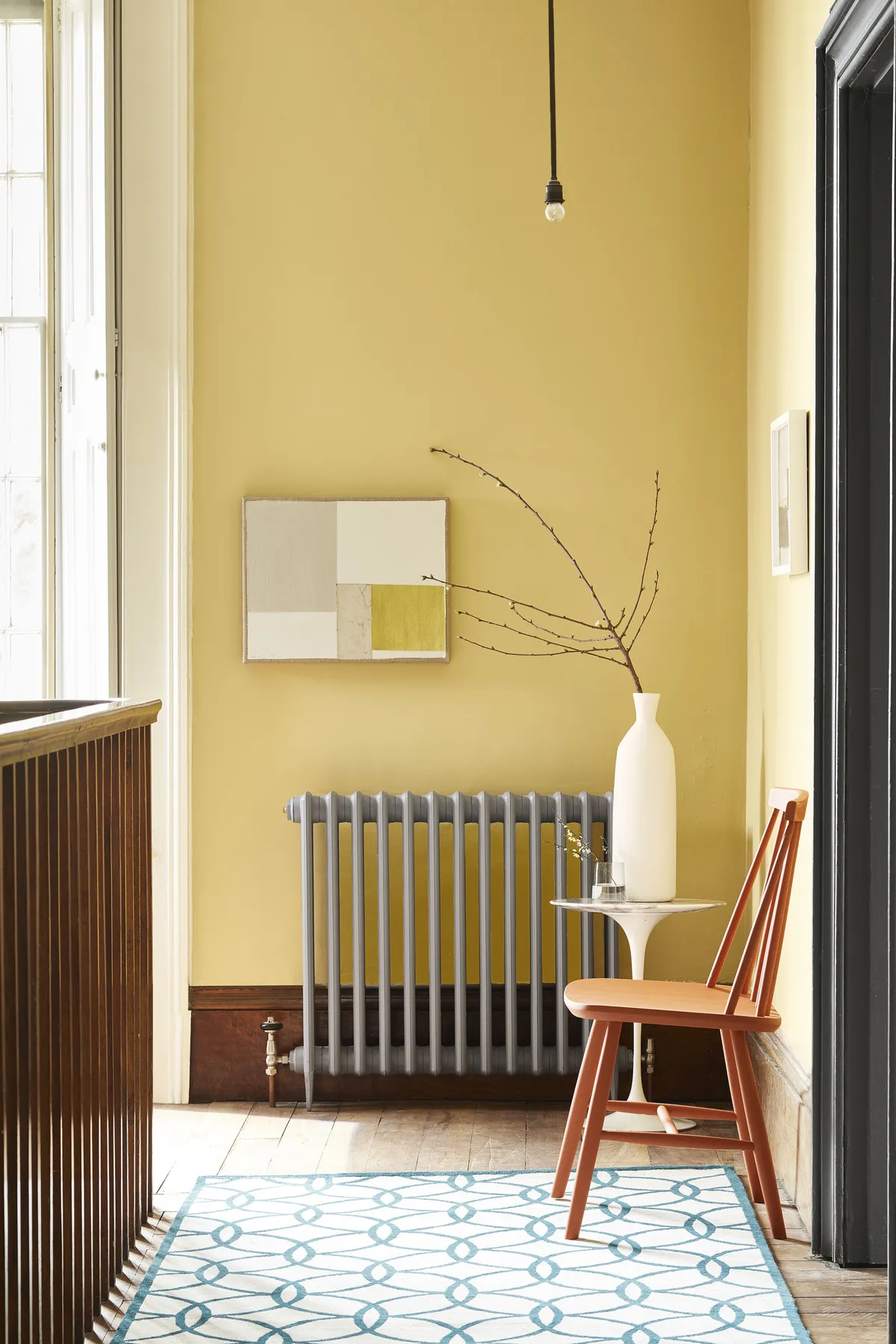
When the winter chill sets in, we’re all very glad of our central heating, but what if your radiators are a bit of an eyesore? Replacing them is one option, but if you’d like to save your budget to spend elsewhere, then we recommend a refresh instead. With the right preparation, it’s a simple job which will give your radiator a brand-new look at very little expense.
More DIY decor projects:

Is painting a radiator a good idea?
For a radiator that’s in an odd place or not very attractive, painting it the same colour as the wall will help it to blend in and give your wall a slick, modern look. Alternatively, choosing a contrasting colour can highlight a good-looking radiator that’s just in need of a little TLC. Making a feature of your radiator is a quick and affordable way to add a pop of colour to a dark corner or give a plain wall a vibrant look.
What kind of paint do you use on a radiator?
It’s important to ensure that the paint you choose is suitable for use on radiators as this means it’s less likely to chip or peel, or release nasty chemicals when you turn your radiator back on. Paints designed for use on wood or metal are generally suitable and your options include gloss, satin and eggshell. Some emulsions are suitable but check the can first. You could also go for a specialist formula such as Ronseal’s Stays White satin radiator paint, priced at around £11 per 250ml. It has a one-coat application, dries quickly and is guaranteed to resist yellowing over time. You’ll find some brands are also available as a spray for easy application: Rust-Oleum satin radiator enamel spray paint in White costs £3 for 400ml from B&Q. Always check the label to see if the paint is suitable for use on metal and if a primer is needed.

How to paint a radiator
To paint a radiator, you will need:
- Wood/metal paint or radiator paint in your choice of colour
- Primer (optional)
- Fine grade sandpaper
- Paintbrushes
- Solvent or brush cleaner
